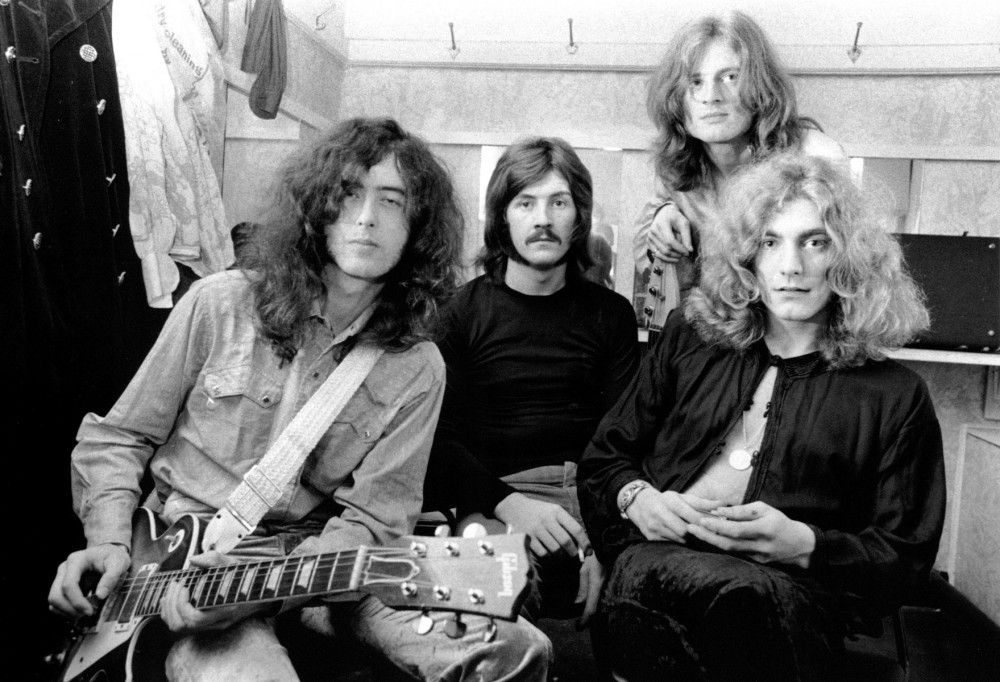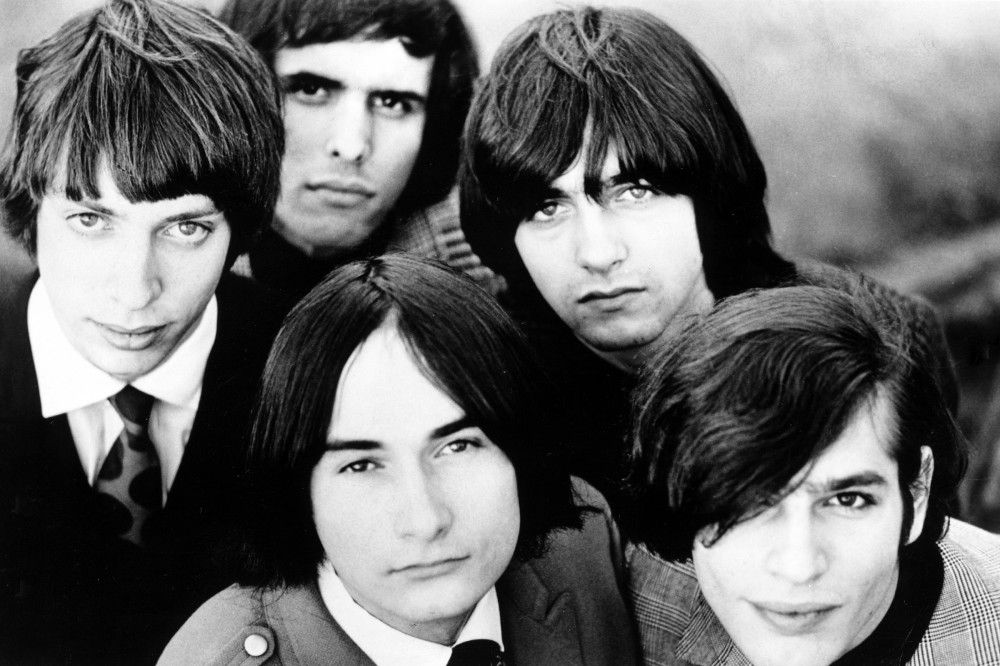
Original Artwork for Led Zeppelin's Debut Album Headed to Auction
The original artwork on the cover of ’s 1969 self-titled debut album will be auctioned off Christie’s during a sale scheduled for June 2nd through 18th.
The cover was designed by George Hardie and based on photographer Sam Shere’s famous 1937 photograph of the Hindenburg disaster. It’s estimated to fetch between $20,000 to $30,000, and Christie’s senior specialist of Books and Manuscripts, Peter Klarnet, tells Rolling Stone, “In terms of rarity, this is a unique object — I don’t think you can get rarer than that.”
Hardie designed the piece while he was a graduate student at the Royal College of Art in London after his friend, the photographer Stephen Goldblatt, had recommended him to Zeppelin. After rejecting Hardie’s first few cover ideas, guitarist Jimmy Page suggested he do something with Shere’s Hindenburg picture. For his take on the photo, Hardie used tracing paper to recreate the image in stipple — a style of drawing using small dots — to give it the same feel as a low-resolution newspaper photo.

Led Zeppelin reportedly paid Hardie just £60 for his work, although when he uncovered the original stipple tracing years later it had a note attached to it that read, “George’s pension fund.”
“The historical significance of this album cover cannot be understated,” Klarnet says. “It marked a major turning point in the history of pop music, heralded by the debut of Led Zeppelin. It was louder, bolder than what had come before and would come to define the shape of hard rock for generations. This simple rendering of the Hindenburg exploding over Lakehurst stands as a monument to that important historical moment. And the image has endured in a way that most other album covers have not — it very much has taken on a life of its own.”
Hardie would go on to design album covers for bands like Pink Floyd, Black Sabbath and Wings, often as part of the London-based design group Hipgnosis. Klarnet says Hardie’s Led Zeppelin cover “certainly helped him establish what became a long and successful career in the field. Yet in his mind, it was only a simple tracing of a photograph — and little more. Yet, the manner in which he traced the Hindenburg photograph, he managed to re-work it in a way that both evoked the past while simultaneously projecting what was to come. It’s because of its simplicity that it became an extremely powerful image that in many regards transcends what Sam Shere captured in the original photograph.”



